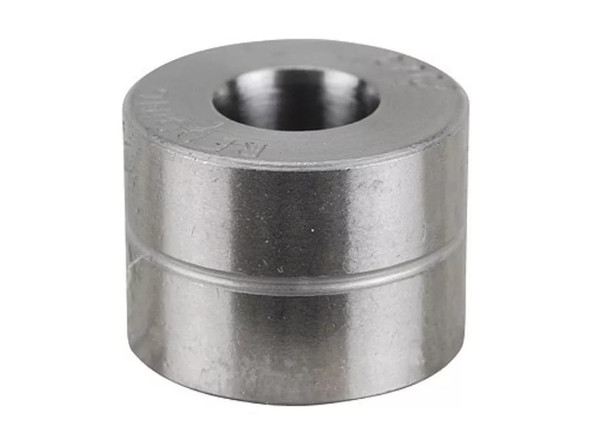Redding Reloading Equipment
Redding .244" Heat-Treated Steel Neck Sizing Bushing - 73244
- SKU:
- RERD0008
Description
Redding .244" Heat-Treated Steel Neck Sizing Bushing
Precision Reloading Made Easy
Experience the ultimate in precision reloading with the Redding .244" Heat-Treated Steel Neck Sizing Bushing. This exceptional reloading component is designed to elevate your ammunition manufacturing process to new heights of accuracy and consistency.
Key Features:
- Heat-treated steel construction for durability and longevity
- Hand-polished sizing diameters with a surface hardness of Rc 60-62
- Available in sizes ranging from .185" to .368" in .001" increments
Discover how the Redding .244" Bushing can simplify your reloading process and enhance the quality of your ammunition.
Determining the Right Bushing Size
We understand the importance of selecting the correct bushing size for your reloading needs. To help you make the right choice, we offer two reliable methods for determining the proper diameter bushing:
- Cartridge Measurement: Measure the neck diameter of several loaded or dummy cartridges with an accurate micrometer. Subtract 0.001" from the cartridge that had the smallest average measurement to ensure a proper press fit for the bullet.
- Neck Wall Thickness: Measure the neck wall thickness of the cartridge cases with a ball-type or tubing micrometer. Double this measurement and add the bullet diameter to calculate the neck diameter of a loaded cartridge. Subtract 0.001" from this figure to determine bushing size.
While the second method is less desirable due to the cost and complexity of a ball micrometer, both techniques can help you select the ideal bushing size for your reloading requirements.
For New Cases and Uniform Wall Thickness
If you're starting with new cases or have cases with fairly uniform neck wall thickness, measuring the neck diameter of new cases may suffice, as they are often small enough to hold a bullet without sizing.
However, in cases where neck wall thickness varies by more than 0.002", it may be necessary to use a bushing slightly smaller than your initial calculations indicate and then fine-tune the inside neck diameter using a size button in the die.






